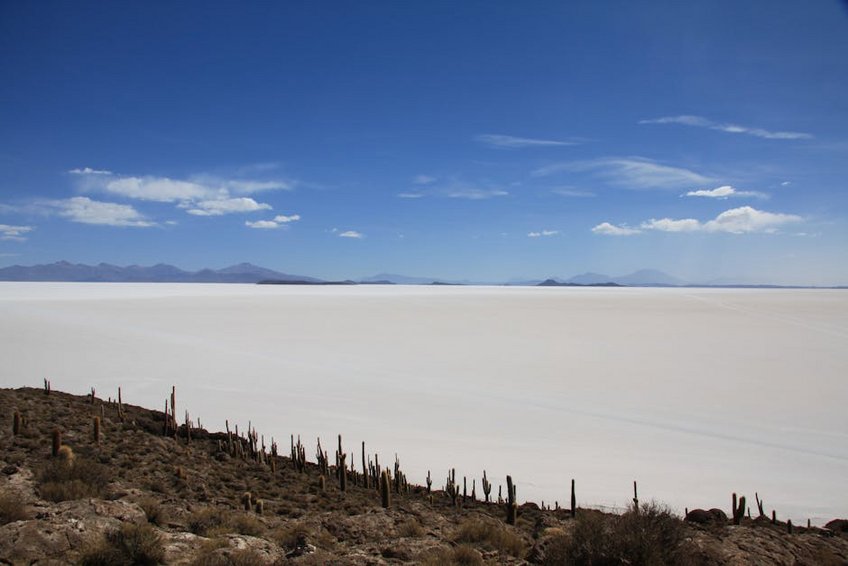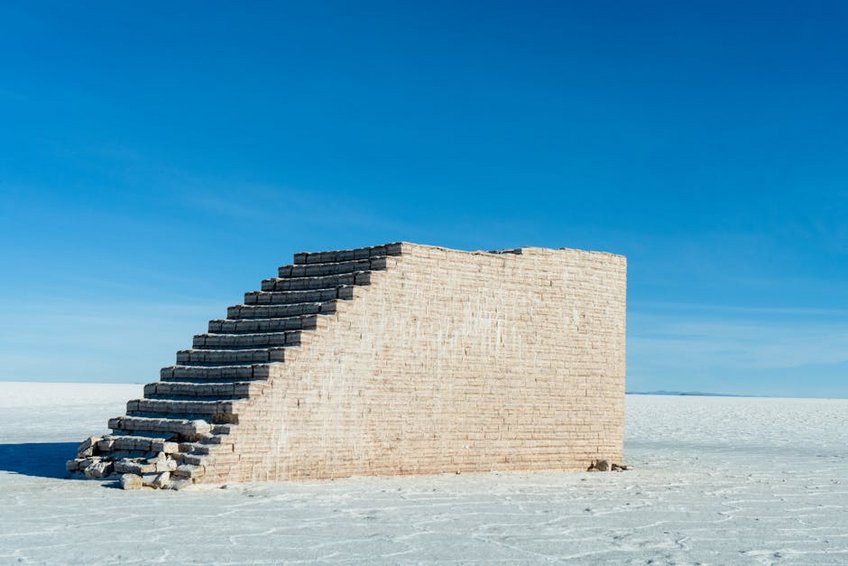Bolivia Uyuni Salt Flats: Essential Travel Guide
Exploring the Bolivia Uyuni Salt Flats offers surreal landscapes across 4,086 square miles of pristine white salt crust at 11,995 feet elevation. This destination delivers unique photography opportunities with mirror-like reflections during rainy seasons and stark geometric patterns in dry months. Our guide covers seasonal timing, budget planning, and cultural insights for your South American adventure.
Essential Salar de Uyuni Information
Salar de Uyuni formed approximately 40,000 years ago from prehistoric lakes evaporating in the Bolivian Altiplano region. This high-altitude desert contains an estimated 10 billion tons of salt alongside significant lithium deposits. Visitors experience otherworldly vistas under intense Andean sunlight with minimal light pollution.
Key Geological Facts
Understanding these features enhances appreciation for this natural wonder.
- The salt crust measures 3-20 feet deep with hexagonal patterns created by crystallization processes over millennia.
- Underneath lies lithium-rich brine containing roughly 50-70% of global lithium reserves currently being extracted.
- Elevation ranges from 11,811 to 12,139 feet causing potential altitude sickness requiring gradual acclimatization.
- Budget tours cost $350-500 covering 3-day group excursions with basic hostel accommodations, meals, and Spanish-speaking guides.
- Mid-range options at $600-800 include bilingual guides, better hotels with heating, and additional stops at colored lagoons.
- Luxury experiences run $900-1,200 featuring private 4×4 vehicles, premium salt hotels, and specialized photography guides.
- Bolivian Ministry of Tourism – Salar de Uyuni
- Lonely Planet Uyuni Salt Flats Guide
Climate and Weather Patterns
Daytime temperatures reach 55-68°F (13-20°C) while nights drop to 14-23°F (-10 to -5°C) year-round. The dry season from May to October brings clear skies and solid salt surfaces ideal for vehicle tours. November through April creates the famous mirror effect with 1-4 inch water layers after rainfall.
Historical and Cultural Significance
Local Aymara and Quechua communities have harvested salt here for centuries using traditional methods. Spanish colonization in the 16th century documented the flats though indigenous groups maintained spiritual connections. Modern tourism developed after 1990 with improved infrastructure supporting sustainable visits.
Bolivia Uyuni Salt Flats – Planning Your Trip
Organizing your salt flats adventure requires considering seasonal variations and physical preparation for high-altitude conditions. The Bolivia Uyuni Salt Flats experience differs dramatically between dry mirror seasons and wet reflection periods. Budget between $350-$1,200 depending on tour length, accommodation level, and transportation preferences.
Best Time to Visit Salar de Uyuni
December through March offers spectacular mirror effects with water accumulation creating perfect reflection photography conditions. Temperatures range from 45-65°F (7-18°C) during daytime though sudden storms can occur. April to November provides dry salt crust accessibility for driving across the entire expanse with temperatures of 30-70°F (-1 to 21°C).
Budget Planning and Costs
These estimates help allocate funds for different experience levels.
Essential Preparation Checklist
Pack layered clothing including thermal underwear, windproof jackets, and waterproof boots for changing conditions. Bring altitude medication like acetazolamide, sunglasses with UV protection, and lip balm for intense sun exposure. Reserve tours 2-3 months early for December-February visits and confirm your passport has six months validity for Bolivian entry.

Alt: “uyuni-salt-flats-mirror-reflection-sunset-mountains”
Top Attractions and Activities
Beyond the salt flats themselves, the surrounding region contains volcanic landscapes, colorful lagoons, and unique wildlife habitats. Most tours incorporate these highlights into multi-day itineraries departing from Uyuni town. The diverse ecosystems range from salt deserts to high-altitude wetlands supporting flamingo colonies.
Must-See Highlights
Incahuasi Island features giant cacti up to 40 feet tall growing on a prehistoric coral reef island. The Train Cemetery displays early 20th-century steam locomotives abandoned after mining industry collapse. Eduardo Avaroa Reserve contains red and green lagoons with mineral deposits creating vibrant colors against desert backgrounds.
Hidden Gems and Local Favorites
Chiguana Desert offers isolated salt formations with minimal tourist traffic perfect for solitude seekers. Local guides know secret spots for sunrise photography away from crowded sunrise viewpoints. Small villages like Colchani demonstrate traditional salt processing methods and sell handmade salt souvenirs directly from artisans.
Photography Techniques and Tips
Use wide-angle lenses for vast landscape shots and polarizing filters to reduce glare from salt surfaces. Perspective photography works best during dry season when you can create forced perspective shots with props. Visit during full moon for night photography opportunities with salt crystals glittering under moonlight.
Practical Travel Information
Uyuni town serves as the primary gateway with basic services, ATMs, and tour operator offices clustered around the main plaza. Most visitors arrive via flight or overnight bus from La Paz before joining organized tours. Accommodation ranges from salt hotels on the flats to standard hotels in town with heating essential for cold nights.
| Accommodation Type | Features and Amenities | Price Range (USD) |
|---|---|---|
| Budget Hostels | Shared bathrooms, basic meals, dormitory style rooms with limited heating | $15-30/night |
| Mid-Range Hotels | Private bathrooms, included breakfast, 24-hour hot water, space heaters | $50-100/night |
| Salt Hotels | Constructed from salt blocks, premium dining, private guided tours included | $150-250/night |
| Luxury Lodges | Heated floors, spa services, gourmet meals, photography workshop access | $300-500/night |


